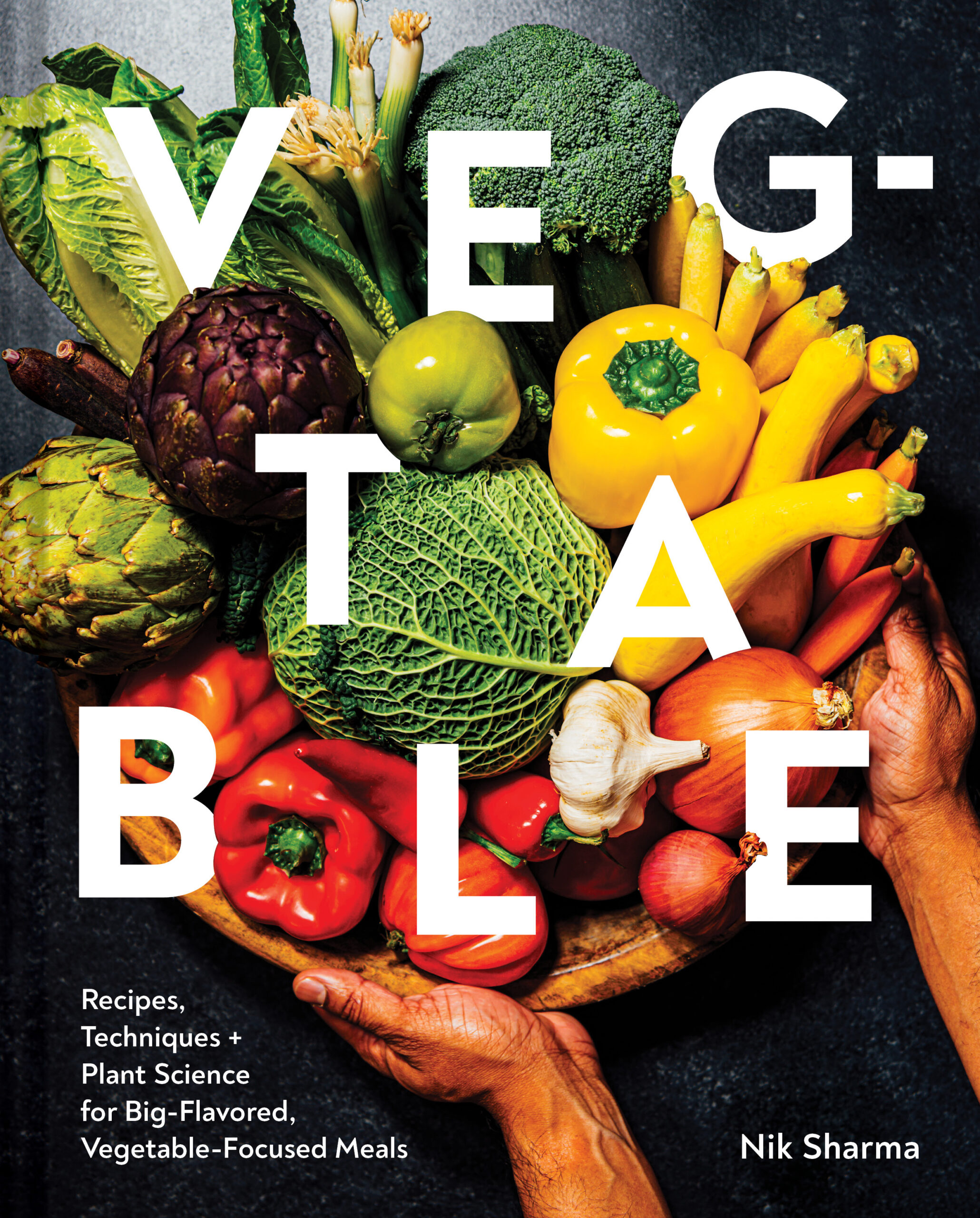
This weekend we are all alone, just the two us. Consequently, there has been tons of whining and demanding while I try to work on drafts of my thesis. Any brief moment of inattention is met with the touch of a cold nose against my hand or a grumble of sorts. He has stayed awake all day long to make sure he misses nothing. Thankfully, he has finally fallen asleep and I can quietly sneak away to write you.

Yet another wonderful season of
has come to an end and a lengthy wait it will be till the next. I am in love with the huge and elaborate kitchen which truly occupies more than fifty percent of the show.
recently wrote a little post related to the show that explains the effects of World War I on the economy and the British cuisine. If you do like period pieces, I do recommend reading her post, it is very interesting.


My post today is literally devoted to the versatility of the Chinese buns known as
baozi
.
I’ve had so many of these at Chinese celebrations and dim sum brunches that I felt compelled to try my hand at making these steamed wonders. The recipe for the basic bun was adapted from
Madame Wong’s Long-Life Chinese Cookbook
by S.T. Ting Wong
.
There is truly a steamed
baozi
or bun for everyone in the world. You might be more familiar with the ground pork or meat stuffed buns but these are a little different and I developed these fillings to showcase the adaptability of these steamed treats. A stuffed mint and cauliflower bun for some and for others a mildly sweet mung bean and coconut stuffed bun. And yes, if you want to try both, well then of course you must!

Making the buns is easy! The pliability and flexibility of this dough is surprisingly amazing. I initially tested the first batch of buns with three rises but then scaled back to two. The dough must be proofed once and then left to rise once more. This will give the bun a soft and light texture. The cauliflower stuffing in the vegetable bun is lightly sauteed with fresh mint leaves and seasoned with soy sauce and ginger. Ground mung beans and freshly grated coconut form the base of the dessert themed buns that can be drizzled with honey or served as they are.

When steaming the buns, a sheet of parchment, wax or baking paper will suffice to line the surface of the bamboo steamer. The dough will rise and cook by the steam’s heat to acquire a glistening shiny coat when done. If you do find it hard to eat all of these buns at one sitting, then I would recommend storing them in airtight containers or freezer bags. Reheating the buns is a cinch, you can heat them up with steam just like they are cooked or microwave them covered in a paper towel.

chinese steamed buns/ baozi
ingredients
for the buns
1 packet active dry yeast
1 teaspoon sugar +
1/4 cup sugar
1/2 cup warm water +
1 cup boiling water
2 tablespoons vegetable oil
2 tablespoons sesame oil
4 1/2 cups all-purpose flour
2 tablespoons toasted sesame seeds (white or black)
for the cauliflower filling
1 tablespoons sesame oil
1 green thai chili pepper, finely chopped
1 medium sized cauliflower (2 cups chopped cauliflower)
1/2 cup onion
4 tablespoons low-sodium soy sauce
1 tablespoon ginger root, freshly chopped
1 teaspoon sesame chili oil
2 tablespoons mint leaves, freshly chopped
1 teaspoon salt
1/2 teaspoon pepper
for the sweet mung bean and coconut filling
1 cup mung beans soaked overnight in water
1/2 cup grated coconut, unsweetened
1/2 cup brown sugar
1/8 th teaspoon salt
the buns
1. Add the teaspoon of sugar and yeast to the warm water, mix and let it stand for 5 minutes. The yeast should become frothy, if it does not then discard and repeat.
2. To the boiling water, add both the oils and 1/4 cup sugar and dissolve. In a large glass bowl, mix the flour and the yeast solution. Then mix the the oil-sugar-water mixture into the flour and knead till a soft dough comes together. Spray the same bowl lightly with vegetable oil and cover the top with cling film. Let the dough rise in the bowl to twice its original volume. This will take about 1 to 2 hours depending on how warm your room is. Punch the dough back once to knock the air out and allow to rise again for another hour.
3. Once the dough rises again, divide it into 24 equal parts. Grease the palms of your hands with a little oil to prevent the dough from sticking. Take one part of the divided dough and flatten into a disc between your palms. Mark the center of the disc with a chopstick. Scoop two teaspoons of either filling into the center. Then carefully pull the ends of the disc to cover the filling and twist and pinch the top of the dough to seal. Sprinkle a few of the toasted sesame seeds on each bun. Prepare the rest of the buns and then steam about 4 at a time in a bamboo steamer lined with parchment paper for 15-20 minutes. The cooked buns will be firm to touch yet light and shiny when done. Serve fresh and hot straight from the bamboo steamer.
cauliflower and mint filling
1. Heat the sesame oil in a pan on a medium flame and cook the chili for 30 seconds. Add the cauliflower and onion and saute for about 4 minutes. Cover the pan with a lid and cook for another 15 minutes till tender.
2. Add the soy sauce, ginger, chili oil, mint and cook for an additional 10 minutes till all the liquid has evaporated. Season with salt and pepper.
Keep the filling aside until ready to assemble the buns.
sweet mung bean and coconut filling
1. Cover the mung beans in a stockpot with water and bring to boil on a medium flame. The beans will be cooked when a white cream like precipitate forms in the water.
2. Drain the water and pulse the beans while hot, with the coconut, salt and sugar to get a coarse paste. Keep the filling aside until ready to assemble the buns.



13 Responses
What a lovely blog !! absolutely loved the clicks the writing and the recipes. I would have spent many many hours here but for the hunger growing louder and having spent almost half of my day blog hopping !! have to address my hungry stomach 🙁 and food pix don't help!!
am going to be def following you on pinterst 🙂 and will be a regular here 🙂
Thnx for visiting my space n ur lovely comments,……u hav such an amazing space…..ur clicks r just awesome…..n the steamed buns look delicious 🙂
http://Onlyfishrecipes.blogspot.com/
Looks and sounds delicious – I just need to get brave enough to give it a go!
I love that cauliflower filling! Need to try!
che ricetta deliziosa! complimenti, un bacio 🙂
Love this post — I grew up enjoying variety of stuffed steamed buns!!!
Your poor pup…but so cute! I love both versions of the fillings you have created here! I have tried a few vegetarian versions over the years, but they have been mostly bland. Perhaps it is time to try and make them at home 🙂
Beautiful blog and dito recipes! This looks stunning, ans absolutely something to make soon! Thanks!
this has been on my bucket list of things to try – thanks for sharing on your fb page. Pinning it to try sometime soon.
LOOVE that you made these, Nik!!!! I've been wanting to try them with this red bean paste I just made — I'll have to keep your recipe in mind 😀 Thanks for posting!
Your blog is beautiful! I love the photography! And this recipe looks delicious 🙂
Do you use hulled or un-hulled mung beans? (If hulls start to come off from soaking should I toss these skins out?
You can use either, I like to leave the skin on.